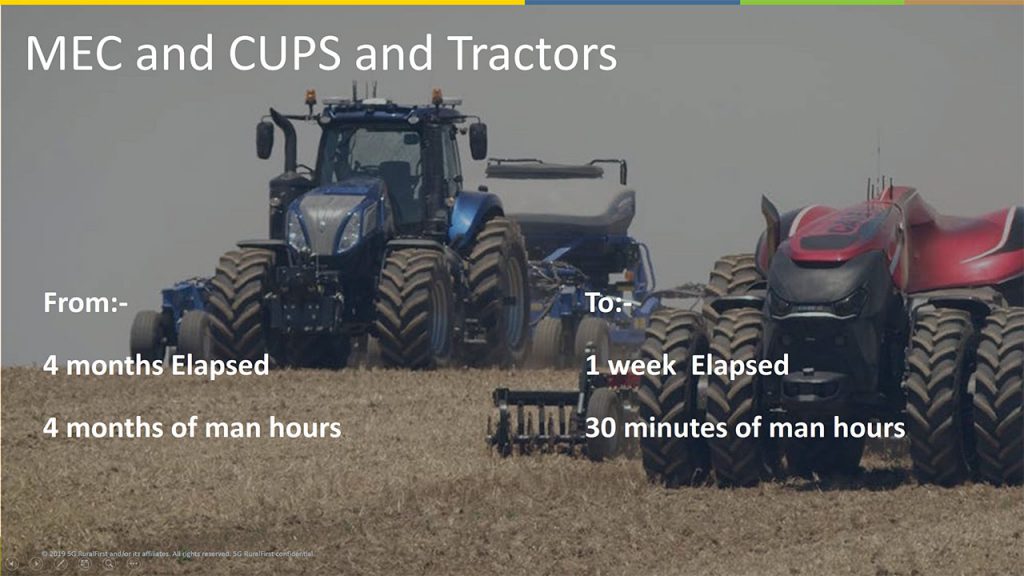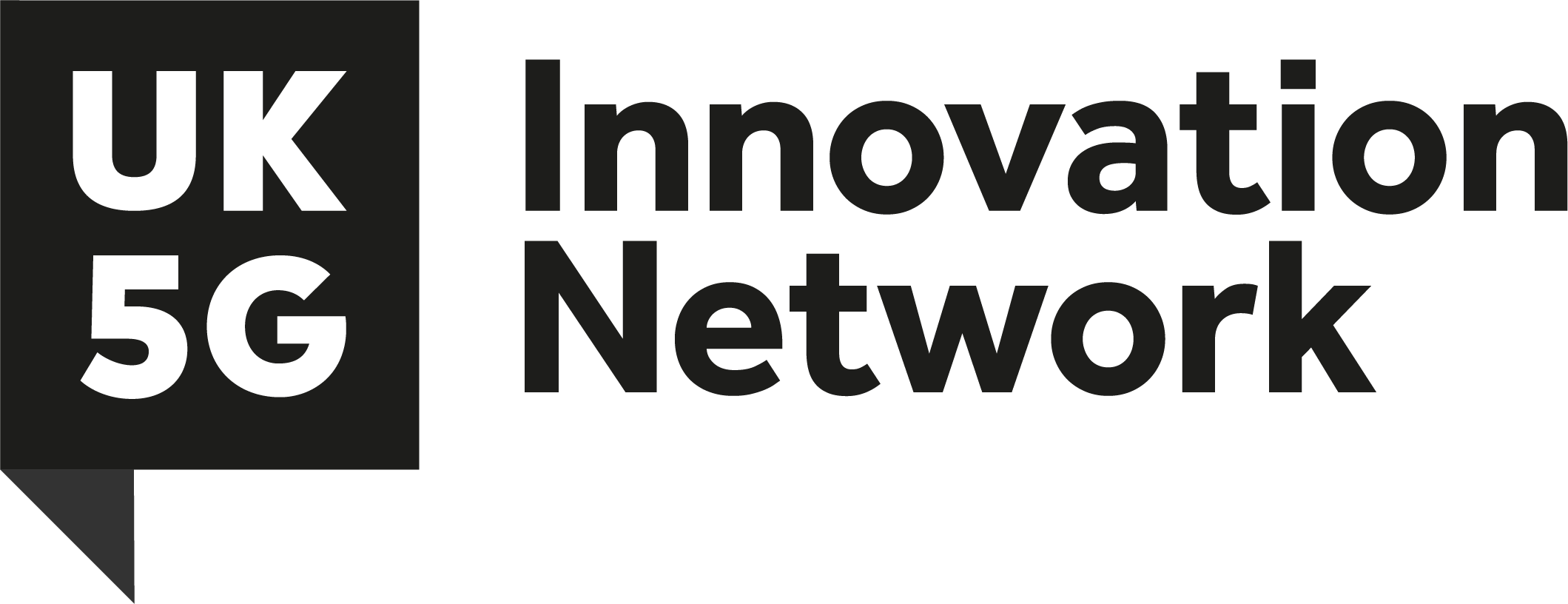At the Beyond the City event, Dez talked briefly about how MEC (mobile edge computing) and CUPS (client user plane separation) could deliver low latency for agricultural applications, and how 5G RuralFirst had delivered the first 5G CUPS implementation. However, beyond that single slide was a story of network integration work spanning the length of the country.

The Hands Free Hectare use case has tractors being controlled by drones by way of a local mission control station. It is deployed at Harper Adams University in Shropshire, and is an excellent example for CUPS, which allows user traffic to be separated at the edge of the network. This meant that traffic from the drone could be sent to mission control and to the tractor without leaving the local site, reducing latency. However, the use case involved Harper Adams University and Precision Decision with the tractor and drone, Abica who provided the fixed network access, Strathclyde who provided the radios and eNB, and Cisco who provided the core network and CUPS.
Both the drone and tractor had multiple devices, all of which had to be accessed independently. Since this is not how a mobile network normally works, Ross and James from Strathclyde designed and built mini-servers which connected to the radios and provided end to end security for the application. They also provided another server to sit in the mission control network, securing communications with it. These were all bench tested at Strathclyde before being sent to Shropshire.
The CUPS system was delivered by Cisco on 8 March. Since the eNB was designed to work with a traditional network and not CUPS, Greig from Strathclyde designed and built a filtering mechanism to allow the traffic to be sent to the correct part of the network. Kenny (Strathclyde) was in charge of eNB configuration, but for part of the time he was in Orkney deploying another use case, so was changing the configuration from there. As CUPS was deployed, Mitesh (Cisco) and Colin (Abica) were working with Kenny and Ross to test the network and iron out glitches. When basic communication was achieved, the real fun started, as changes to the radios meant sending new images to be flashed to the mini-servers, which was done on site by Mike (Harper Adams). The scale of this task can be gleaned from the fact that it took several hours just to transfer the multi-gigabyte images.
As the Beyond the City event neared, daily progress calls called by Bobby (Cisco) became morning and afternoon calls, and many more litres of midnight oil were burnt before finally, on 26th March, full operation was achieved.
That was just in time for Dez to present his slide, but not of course for running full trials to see what the system is capable of. That needs to wait for phase 2…


